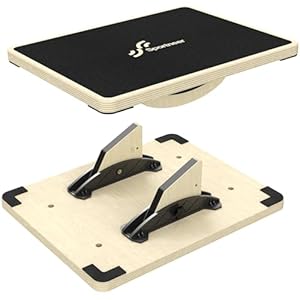
When starting your cardio journey, choosing the most effective workout can set the tone for your fitness routine. With numerous options available, finding the right one for you is key to long-term success. Consider factors like enjoyment, impact on your joints, and overall fitness goals. Each cardio workout has its unique benefits, but which one will best suit your needs and preferences? Let’s explore the most effective cardio for beginners and how it can kickstart your fitness journey.
Benefits of Cardio for Beginners
When starting out with cardio as a beginner, you’ll quickly experience the numerous benefits it can offer to your overall health and fitness. Cardiovascular exercise, such as running, cycling, or dancing, helps strengthen your heart and lungs, improving your overall cardiovascular health. Not only does it enhance your endurance, but it also aids in weight management by burning calories and increasing your metabolism.
Engaging in regular cardio workouts can boost your mood and reduce feelings of anxiety and depression. The release of endorphins during exercise can leave you feeling more energized and happier throughout the day. Additionally, cardio can improve your sleep quality, helping you fall asleep faster and enjoy a more restful night’s rest.
Furthermore, incorporating cardio into your routine can enhance your cognitive function and brain health. It promotes better blood flow to the brain, which can sharpen your focus, memory, and overall mental acuity. Overall, the benefits of cardio for beginners extend beyond physical fitness, positively impacting your mental well-being and quality of life.
Top Cardio Workouts for Beginners
To get started with your cardio journey as a beginner, here are some top workouts that will help you build your endurance and improve your overall fitness level.
Running is a classic cardio workout that requires no special equipment, just a good pair of shoes. Start with a combination of walking and jogging, gradually increasing your running time as your fitness improves.
Cycling is another excellent low-impact cardio option. Whether on a stationary bike or outdoors, cycling helps strengthen your leg muscles and is gentle on your joints.
Jumping rope is a fun and effective way to get your heart rate up. It also improves coordination and works multiple muscle groups simultaneously.
Swimming is a full-body workout that’s easy on the joints. It improves cardiovascular health and builds endurance.
How to Start a Cardio Routine
Starting a cardio routine involves setting achievable goals and selecting exercises that align with your fitness level and interests. Begin by determining how many days per week you can commit to cardio and for how long each session will last. It’s essential to start slowly and gradually increase the duration and intensity of your workouts to prevent injury and burnout.
Choose activities that you enjoy, whether it’s jogging, cycling, dancing, or swimming, as this will make it easier to stick to your routine. Remember to warm up before each session to prepare your body and cool down afterward to help it recover. You can mix different types of cardio to keep things interesting and target various muscle groups.
Tracking your progress, either by keeping a workout journal or using a fitness app, can help you stay motivated and see how far you’ve come. By starting small, staying consistent, and listening to your body, you’ll be on your way to establishing a successful cardio routine.
Tips for Success With Beginner Cardio
For successful beginner cardio, focus on building a consistent routine that aligns with your fitness level and interests. Start by setting achievable goals that motivate you to stay on track. Incorporate a variety of cardio activities like walking, jogging, cycling, or dancing to keep your workouts engaging. Consistency is key, so aim to exercise for at least 30 minutes most days of the week. Listen to your body and gradually increase the intensity and duration of your workouts as your fitness improves.
It’s essential to warm up before starting your cardio session to prevent injuries. A 5-10 minute warm-up that includes dynamic stretches or light cardio can prepare your body for the workout ahead. Remember to cool down afterward with some stretching to help your muscles recover and improve flexibility.
Stay hydrated throughout your workout and fuel your body with nutritious foods to support your energy levels. Don’t forget to wear comfortable workout attire and invest in proper footwear to prevent discomfort and potential injuries. Lastly, track your progress and celebrate your achievements to stay motivated on your fitness journey.
Cardio Training














